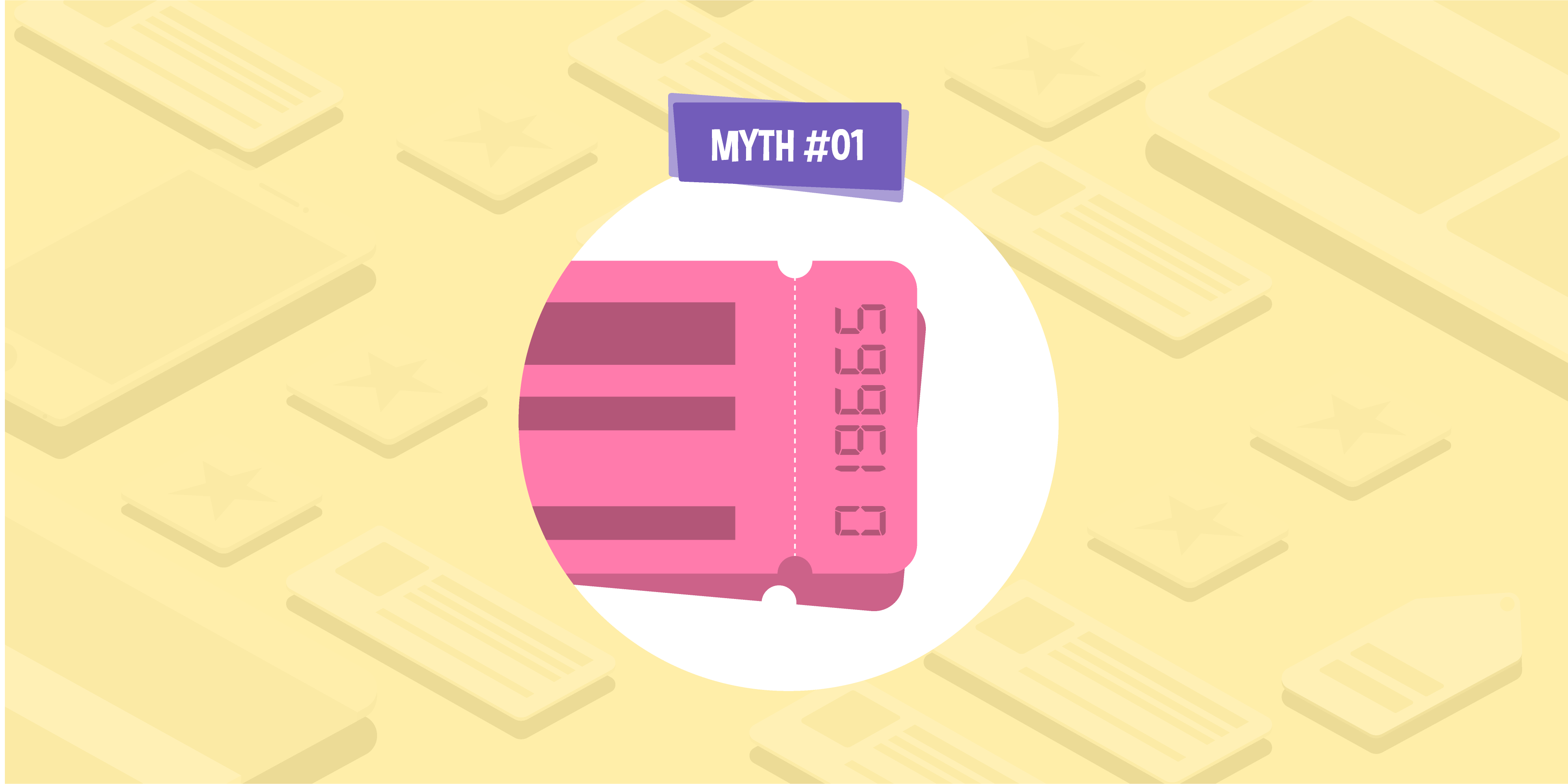
- 11 Apr 2023
Canonical tags for SEO 101: What are canonicals and why are they important for ecommerce websites?
If you’re run an ecommerce website, then you’re likely already familiar with the importance of SEO as a method of driving organic traffic and revenue. While there are many aspects within technical SEO best practice, canonical tags are often an overlooked and misunderstood concept.
In this article, we’ll explore what canonical tags actually are, how they work, why they’re important, and how to properly implement them.
- What are canonical tags?
- How do canonical tags work?
- Why are canonical tags important for ecommerce websites?
- How to implement canonical tags on your ecommerce website
- Best practices for using canonical tags
What are canonical tags?
Canonical tags are HTML-based tags that tell search engines which version of a webpage is the preferred or “canonical” version.
Having multiple versions of the same page can negatively impact your SEO efforts. But, by using canonical tags, you can consolidate all versions of a page into one preferred version, ensuring that search engines only index and rank the most relevant page.
In a nutshell, canonicals are a type of HTML tag that can help prevent competing pages from causing SEO issues.
How do canonical tags work?
Canonical tags work by telling search engines which version of a page is the preferred or “canonical” version.
Many ecommerce websites often have multiple versions of the same product page, such as different size or colour variations. While this may be helpful from a user perspective, when search engines crawl these pages, it can cause internal competition, which in turn can interfere with your SEO efforts.
This is where canonical tags come in. When Googlebot (or any other search engine) crawls a page with a canonical tag, it will follow the link to the preferred version of the page and can then index and rank that version of the page in search results, rather than the non-canonical version(s). This way, you can keep any potentially competing pages that serve a useful purpose, without them impacting your SEO.
Canonical tags vs. 301 redirects
A 301 redirect is a HTTP status code that signals a permanent redirect from one URL to another. So, whenever a user lands on a page with a 301 redirect status code, they’ll be automatically sent to another URL instead.
Canonical tags are similar to 301 redirects in that they help to consolidate content into one preferred version. However, unlike a 301 redirect, a canonical tag acts as a “hint” rather than a directive, meaning that it doesn’t redirect users to a new URL. A canonical tag isn’t a directive: it simply tells search engines which version of the page is the preferred version.
This is an important distinction, as in some cases, search engines can choose to ignore a user-selected canonical tag in favour of a non-canonical URL. This can happen for a few reasons:
- The canonical URL isn’t linked in the XML sitemap.
- The canonical URL is non-indexable. This could be because the URL is a 404 page or has been redirected to another page, or via a “noindex” tag.
- The non-canonical page serves the intent of the searcher better than the canonical version.
We specialise in technical SEO services, including strategic implementation of canonical tags for SEO. So, if Google and/or other search engines are currently ignoring your canonical tags and you’re not sure what’s causing this, get in touch to arrange a free SEO audit to find out why!
Why are canonical tags important for ecommerce websites?
There are two core reasons for implementing canonical tags on an ecommerce website.
1. Mitigating against the risk of duplicate content
Canonical tags are especially important for ecommerce websites as they often have multiple versions of the same product page, such as different sizes or colours.
Without canonical tags, search engines may try to index and rank each of these versions separately. This can dilute the overall page authority and lead to a situation in which there are multiple pages on your site that can rank for the same search query.
2. Improving the crawling and indexing process
By using canonical tags, ecommerce websites can consolidate all versions of a page into one preferred version for indexing. This helps search engines to index and rank the most relevant version of the page, which can improve rankings of related keywords and thus drive more organic traffic to the site.
How to implement canonical tags on your ecommerce website
Implementing canonical tags on your ecommerce website is something that most platforms like WordPress and Shopify can handle well by default. But, adding canonicals manually is usually relatively simple, too.
The first step is to identify which pages on your site have multiple versions that need to be consolidated. This may include product pages with different sizes or colours, category pages with multiple sorting options, and other similar pages.
Once you’ve identified the pages that need canonical tags, you can add the tags to the header of the non-canonical versions. The canonical tag should include the URL of the preferred version of the page you want to be displayed in search results.
This is what a canonical tag looks like:
https://randomexample.com/fake-product/” />
The pink text (‘https://randomexample.com/fake-product/’) shows that the canonical version of the page can be found at this URL.
It’s also important that the preferred version of the page is accessible to search engines and users, so you’ll need to make sure that it has a unique URL that’s indexable and accessible through internal links on your site, that doesn’t redirect to another page.
Best practices for using canonical tags
When using canonical tags on your ecommerce website, there are a few best practices to keep in mind. These include:
- Only use canonical tags when necessary
Not all pages on your site will require canonical tags, so it’s important to only use them when there are multiple versions of a page that need to be consolidated.
- Use descriptive and accurate canonical URLs
The canonical URL should accurately reflect the preferred version of the page, and should be descriptive enough to help search engines and users understand what the page is about.
- Ensure that the preferred version of the page is accessible to search engines and users
The preferred version of the page should have a unique URL that’s indexable and accessible through internal links on your site, and doesn’t redirect to another page.
- Monitor for canonical tag errors using tools like Google Search Console
This can help you identify and fix issues with your canonical tags before they impact your SEO efforts.
Canonical tags are an important aspect of SEO, especially for ecommerce websites. By consolidating all versions of a page into one preferred version, websites can improve their keyword rankings with the right URLs, reduce duplicate content issues, and improve the crawling and indexing process for search engines. Beyond implementation, it’s important to properly monitor for errors to ensure that they are having the intended impact on your SEO efforts.
If you’re not sure why search engines are ignoring your tags, or you just can’t work out how to implement canonicals on your site, why not let an expert SEO agency take care of it for you? Get in touch to chat with a member of our team, and they’ll be more than happy to arrange a free, no-obligation audit to work out what’s holding your site back.
Marcus McConkey
Head of Technical SEO

